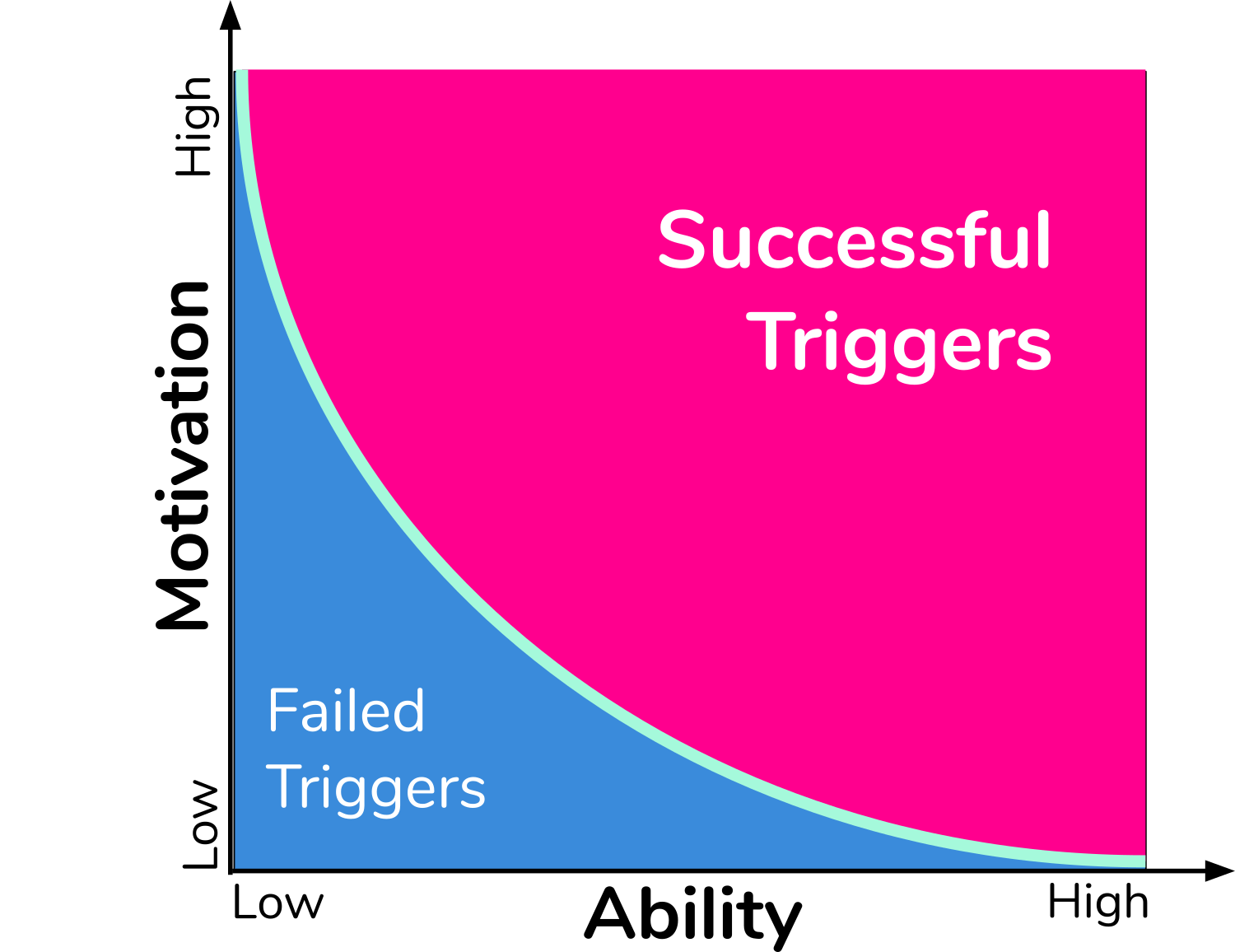Why Praxi Works
A scientific approach to paitent enagement
Praxi utilizes the research of BJ Fogg's Behavioral Model. In order for patients to take actions to prepare themselves for their procedure, three things must happen at the same time:

Motivation
Humans are motivated by Sensation, Anticipation, and Belonging. Praxi uses these motivators by sending a signal or "trigger" in the as a text, push notification or phone call that reminds them of their next steps.
Ability
To perform a target behavior, a person must have the ability to do that behavior at the time they are motivated to do it. While that may seem obvious, product designers sometimes assume people have more ability than they actually do. Praxi works by making the behavior easier to understand and by sending reminders when they most make sense. For example, if a patient is not supposed to eat dinner, Praxi will remind them of their NPO requirements at 6pm instead of at 6am. Furthermore, our machine learning algorithms will process which reminders earn the best responses so we continuously adapt and improve.
Trigger
Facilitator, Signal, and Spark are three types of triggers according to the model of BJ Fogg. Each trigger is important to the completion of a desired behavior since they each reference a point in time for the patient when motivation or ability may be low. Most patients dread the prep, and to help overcome their dislike, Praxi uses all three trigger types at various stages of the workflow.
See for yourself
Schedule a demo with our team to see how Praxi can help your hospital, today.
